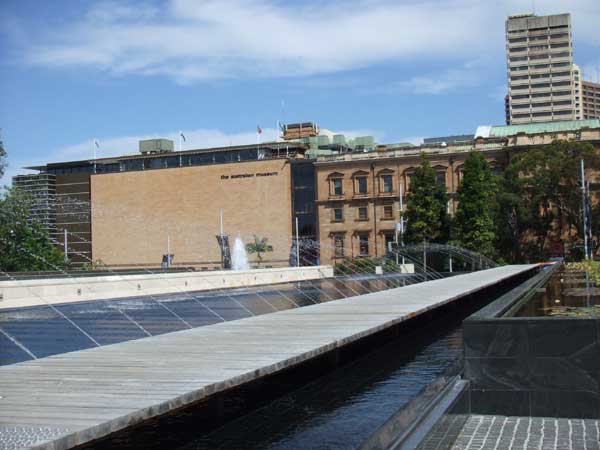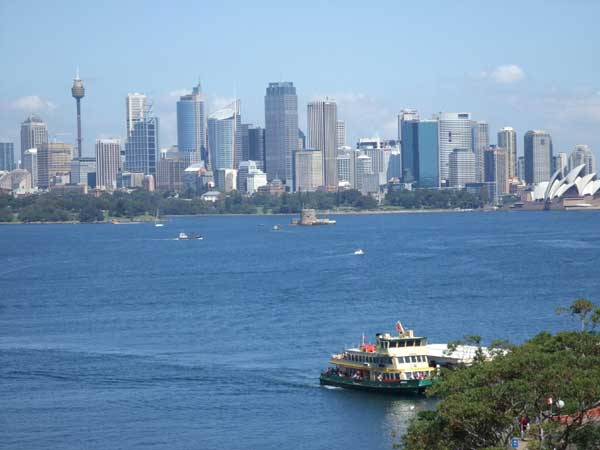Japanese
HOPE reportNumber:20-002 Arboreal locomotor adaptations in marsupial postcranial skeleton Report:Nakatsukasa, Masato Date:2009/03/16 - 2009/03/25 Postcranial skeletons of arboreal diprotodontians (Macropodidae
Dendrolagus, Phascolarcidae, Phalangeridae) and medium-sized terrestrial macropods were compared using the skeletal collection in the Australian Museum.
Previously, tree-kangaroos have been known to show shorter lumbar vertebral bodies, a reduction of the hind limb, shorter (or loss of) tibio-fibular syndesmosis, and an elongation/thickening of the fifth metatarsal.
This study revealed that tree-kangaroos are also derived in weak development of the median ventral keel of the lumbar vertebrae, high position of the humeral head beyond the greater tuberosity, longer radial neck, lower projection of the femoral greater trochanter, laterally flared gluteal tuberosity, posterior tilt of the tibial proximal plateaus, and development of the tibial malleolar cup on the talar neck.
These arboreal "primate-like" traits may be related to weakened selective pressure on efficient hopping locomotion on the ground, but also to a selection on versatile use of the limbs in arboreal environment.
The arboreal koalas and cuscus have not experienced PlioPleistocene terrestrial phase (unlike the tree-kangaroos) and generally resemble with each other in limb bone morphology (except longer forearm in koalas).
However, they differ in some traits of the ilium and spine, which are presumably related to the more orthograde habit of the koalas.
HOPE Project< |

